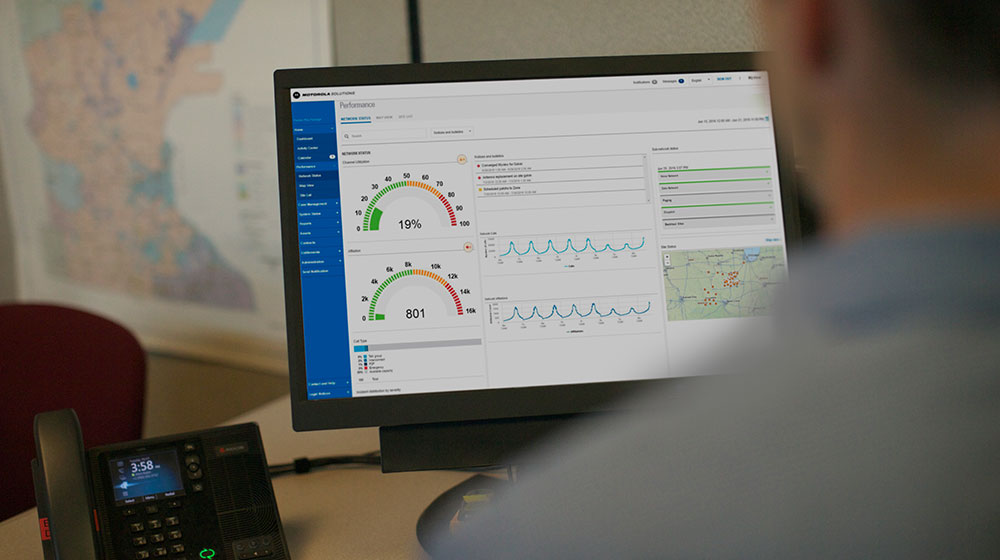Hear straight from our director of video solutions, Chi Tran, about key design considerations he and his team take into account when creating body cameras and body camera batteries.
Chi, thanks for taking time out of your busy schedule to chat to us today! Tell us a little bit about yourself – did you always want to be an industrial designer?
Honestly, no. I mean, I wanted to be a toy designer as a kid, but I feel like that’s everyone’s dream when they’re 7… I went to school for mechanical engineering, but realized a year before graduating that industrial design was my real passion. It was a good mistake, because I learned all of the technical aspects which design alone wouldn’t have taught me. Even though I treated design as a hobby, the portfolio I built was good enough to get me a scholarship at the College of Creative Studies in Detroit.
One of the top five car design schools in the world, no big deal…
I was really humbled by the talent I was surrounded by, for sure. I learned the fundamentals of good design there, and brought it with me to Motorola Solutions – in my 16 years here, I’ve designed everything from our beloved Talkabout radios and wireless accessories to the ASTRO devices that first responders and businesses rely on daily.
You focus mainly on video solutions now – both mobile and fixed, right?
Yeah. I like the challenge, because there’s such a difference between those products; different installation processes, different interfaces, different users… With fixed video, you’ve got to make sure the cameras are easily deployable and integrated seamlessly into the architecture around them. But when we design our body cameras, I obviously prioritize how wearable they are, and how intuitive they are to use during stressful, high-intensity situations. Really diving into all of these customer needs is what we call our Human-Centered Design process, which simply means we’re looking at each problem holistically to understand the context surrounding each user.
So – one of the most crucial components of a body camera is its battery. Why is it so important to have a body camera with a long battery life?
I mean, we’ve all been annoyed when our smartphone or tablet dies while we’re out and about. But body cameras are mission-critical, so it’s even more vital that they can last for a full shift and capture an entire incident without powering down unexpectedly. Often, officers are using them continuously for eight, twelve, fourteen hours – the cameras need to meet that challenge.

The VB400’s pogo pins ensure it slots into its dock easily.
How long does a body camera battery last?
It really depends on the body camera. The average body camera can record for around eight hours, but all of our cameras can record for 12 hours under optimal conditions. Obviously, features like streaming and GPS impact battery life – just like your smartphone.
I’ve heard about swappable and integrated body camera batteries. What’s the difference?
Good question. We actually have both kinds of cameras at Motorola Solutions, because different agencies prefer different designs.
A swappable battery is just that – swappable. With the V700 body camera, for example, you can quickly change batteries in the field in case you’re doing an unexpected double shift. A lot of agencies like that because officers are used to having a swappable battery on their radios too, so it’s consistent across the technologies. It also makes warranties a lot easier – you just have to replace the battery, instead of the whole device. What I’m really excited about with the V700 are our new, self-cleaning contacts; the friction you generate when swapping the battery actually cleans the contacts on the camera. It’s just one less thing to worry about and maintain.

The V700’s battery can be quickly swapped out in the field.
With an embedded battery solution, on the other hand, the battery is built into the camera itself – again, similarly to your smartphone. Our VB400 body camera is a good example of a camera with a battery like that. With integrated batteries, the entire system is a little bit simpler, because you don’t have to remember to charge up the batteries separately; the camera is also slightly lighter as a result. And if you’re worried about warranties, we include two battery refreshes and one full camera refresh with our VB400-as-a-Service offer.
Ultimately, it’s down to agency preference. I don’t think there’s a “wrong” choice.
Chi, thank you so much for chatting with us today. Any final words of advice to our readers?
It’s a good idea to take shift length and technological complexity into account when you’re looking to acquire body cameras. And don’t wait until your final year of college to realize you’re interested in industrial design!




